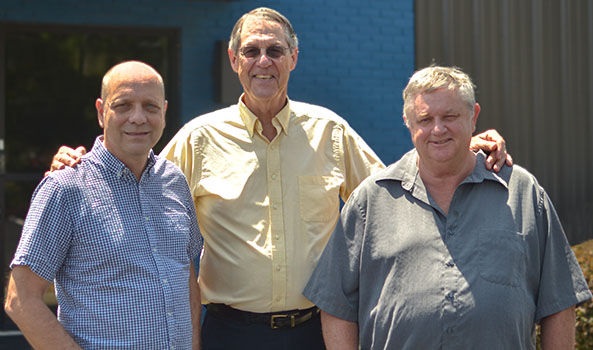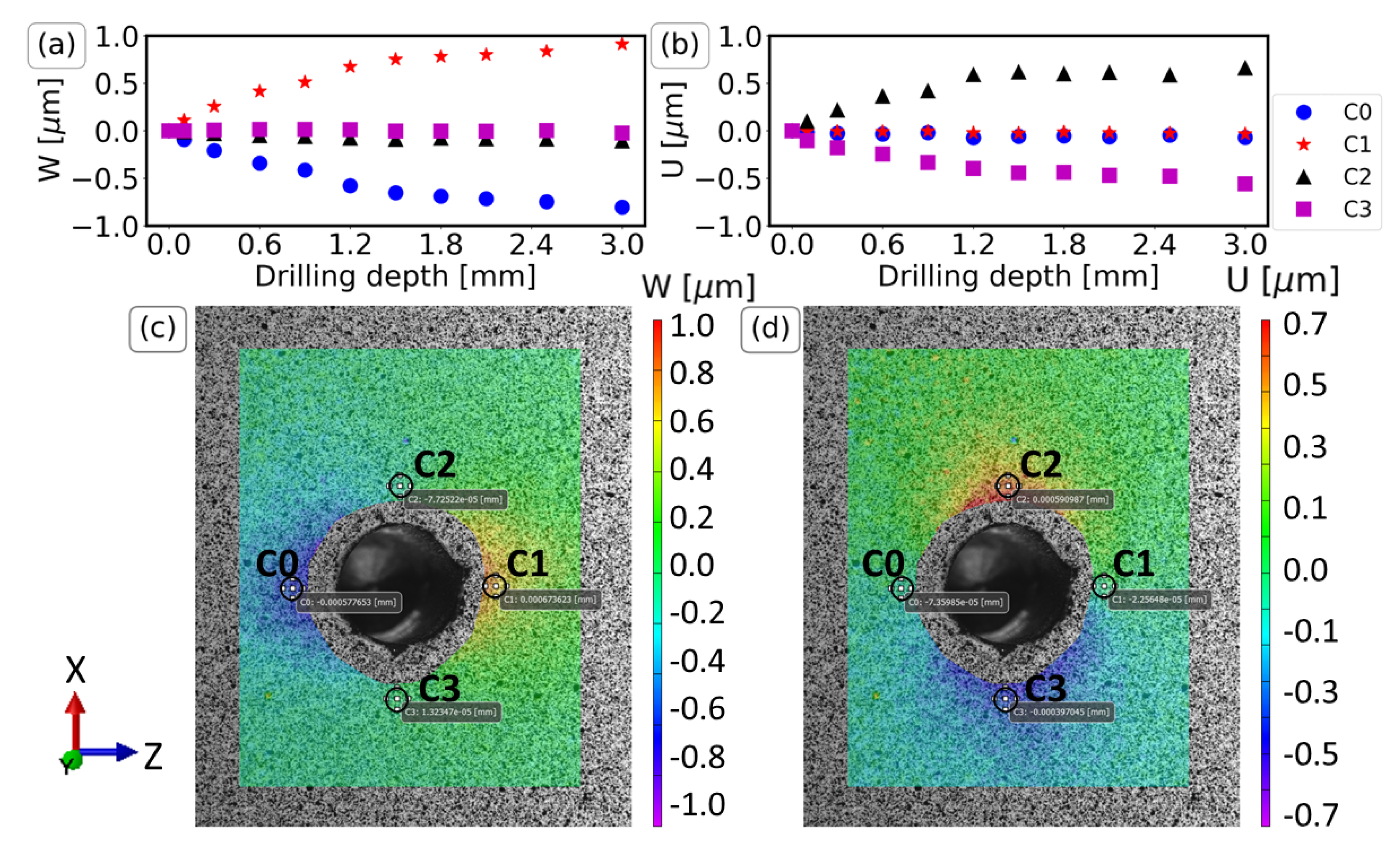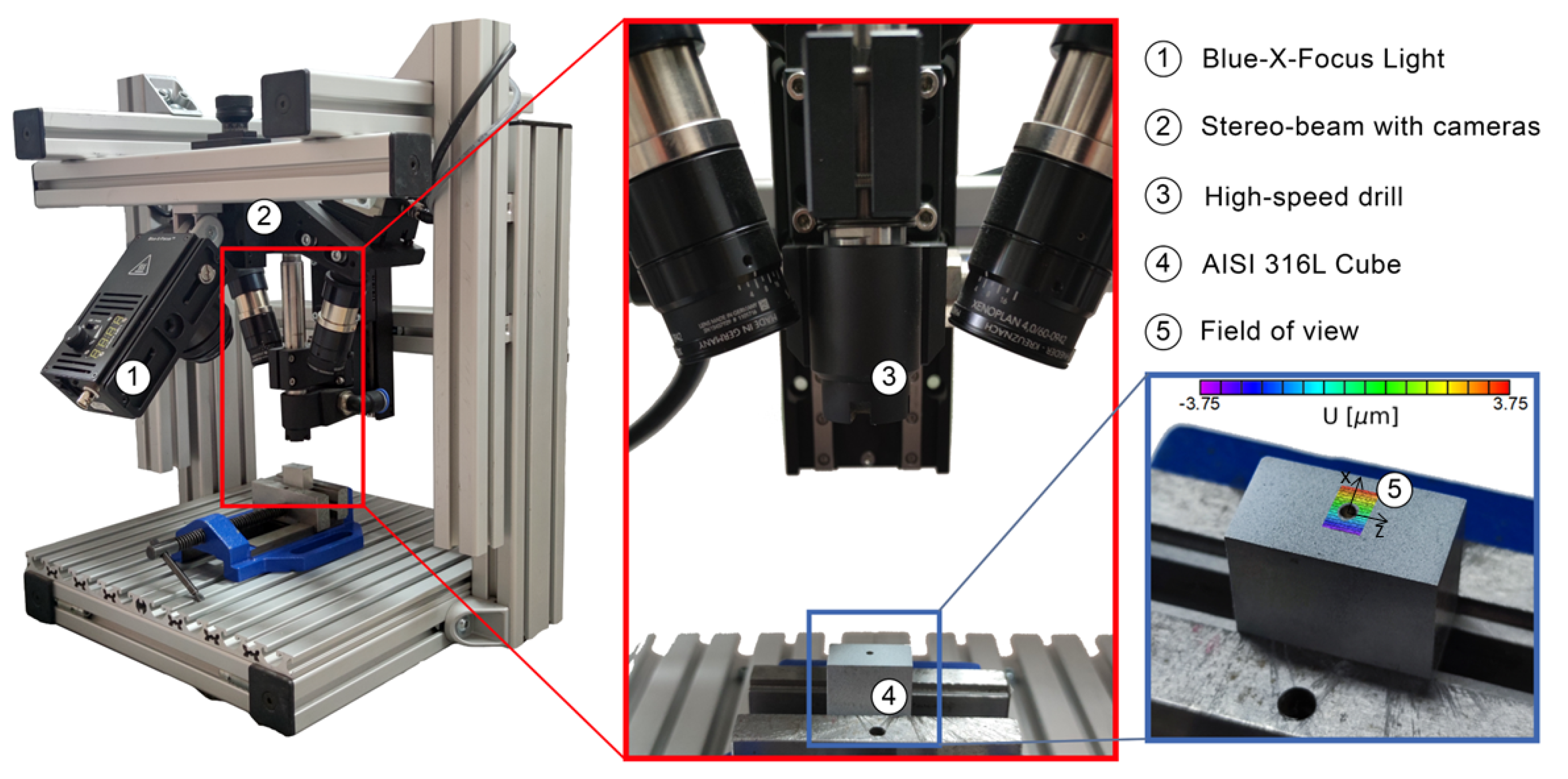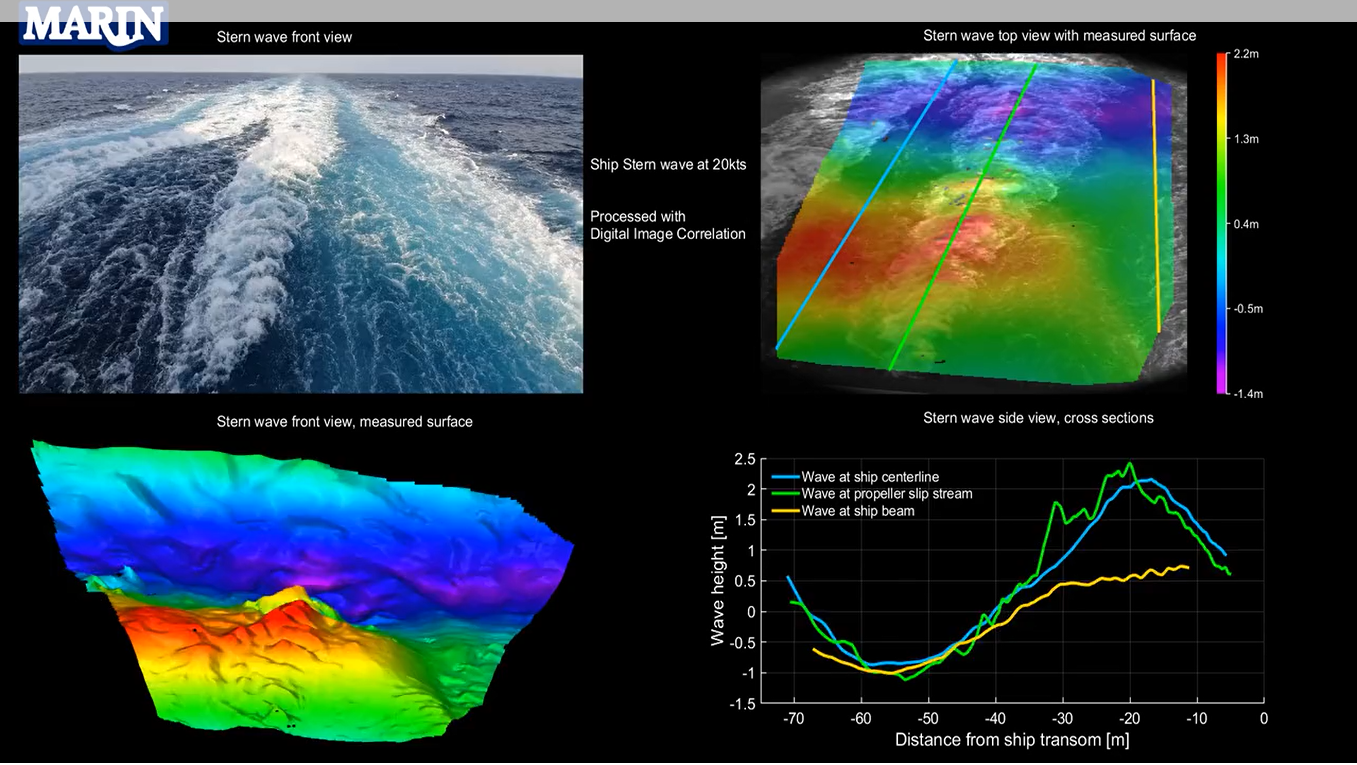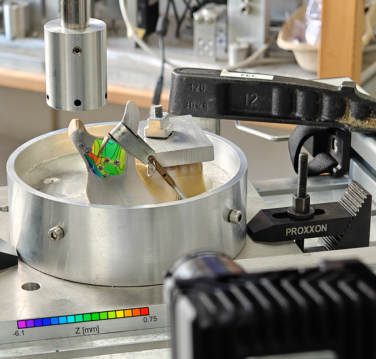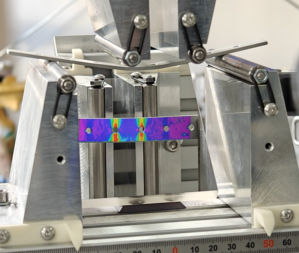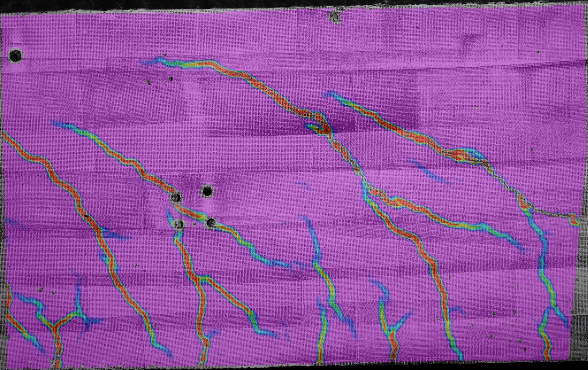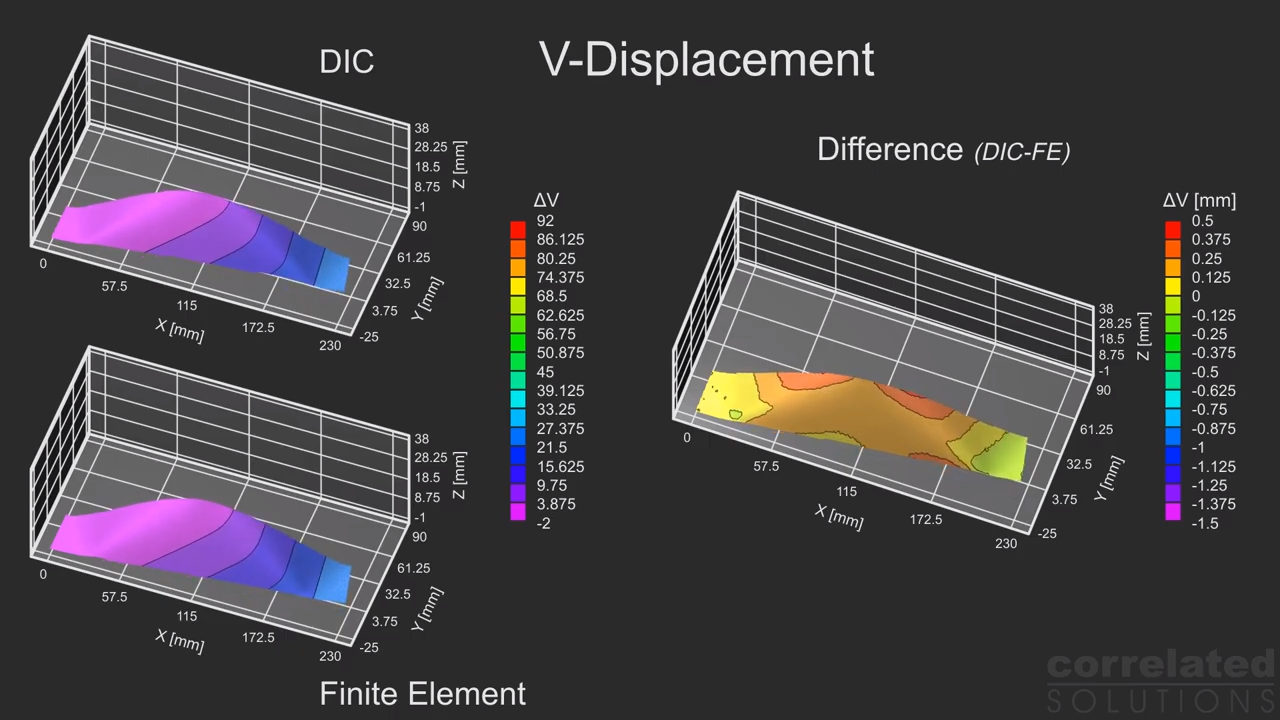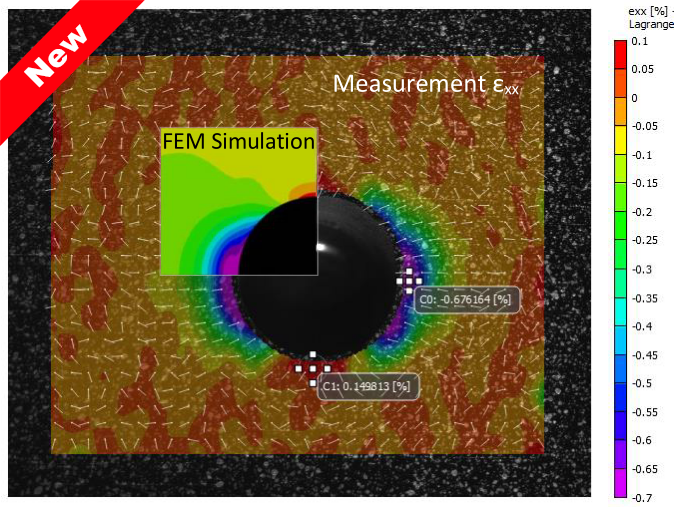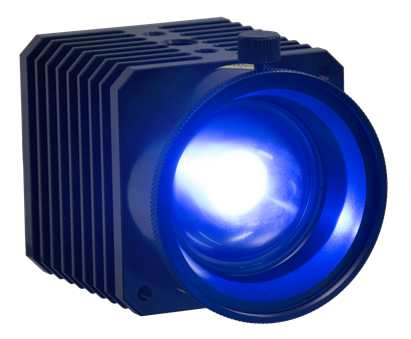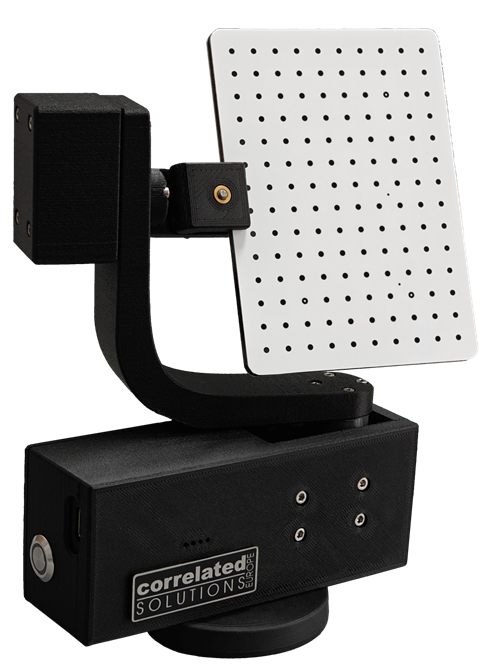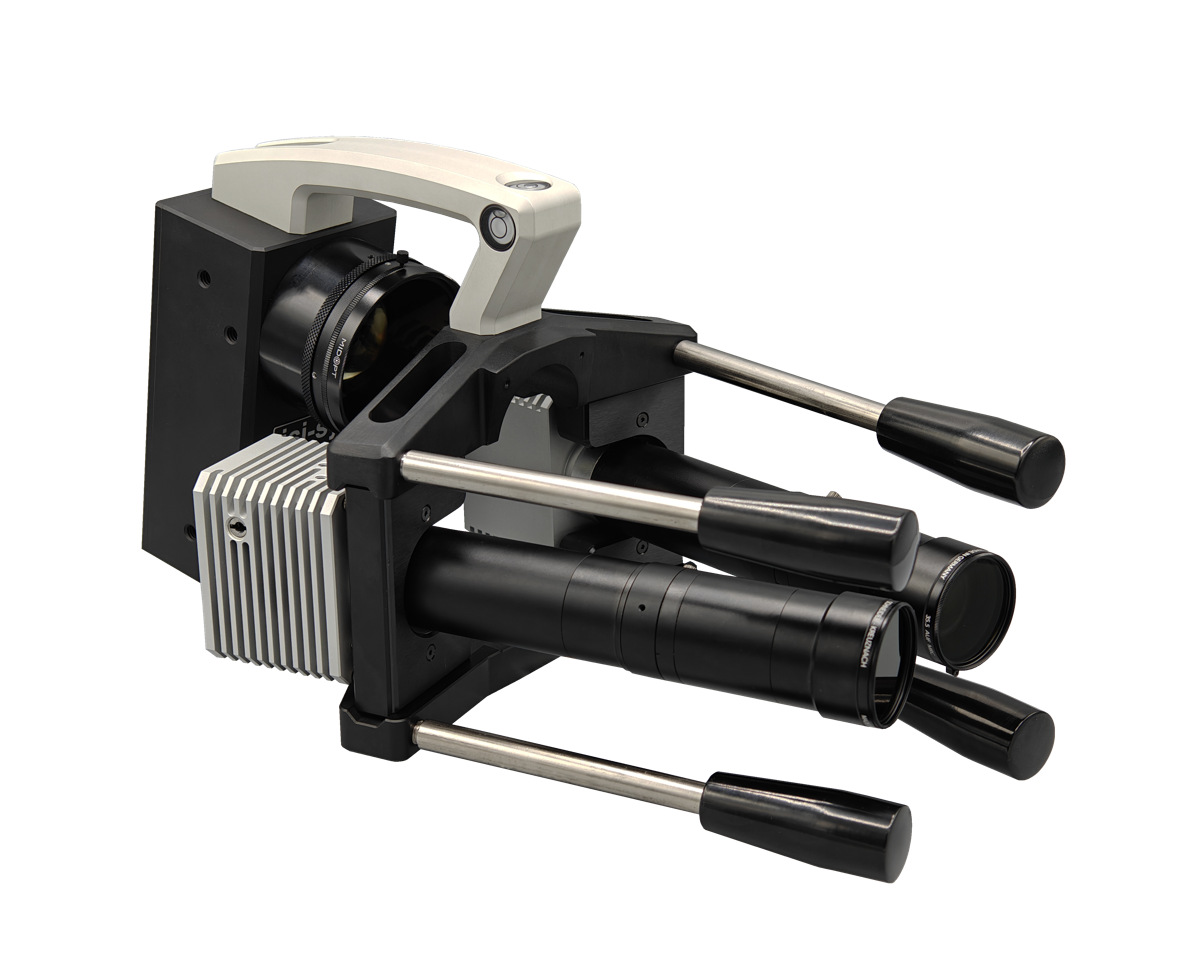NIST is using the Vic-3D digital image correlation (DIC) system to analyze stress in bridges. By using DIC, they try to understand the impact of stresses and strains on the metal connectors of bridges in order to avoid damage or failure.
NIST is pre-straining a wide plate with digital image correlation (DIC) to determine the small-scale specimen sectioning plan:
https://www.nist.gov/video/pre-straining-pipeline-steel-plate
NIST is conducting a CWP test with digital image correlation (DIC) to determine local and remote strains used to determine the Tensile Strain Capacity of a flawed pipe girth-weld:
https://www.nist.gov/video/curved-wide-plate-testing
NIST is making an SE(T) test with digital image correlation (DIC) showing the asymmetric strain gradient of a specimen notched in the heat-affected zone:
https://www.nist.gov/video/single-edge-notch-tension-testing



